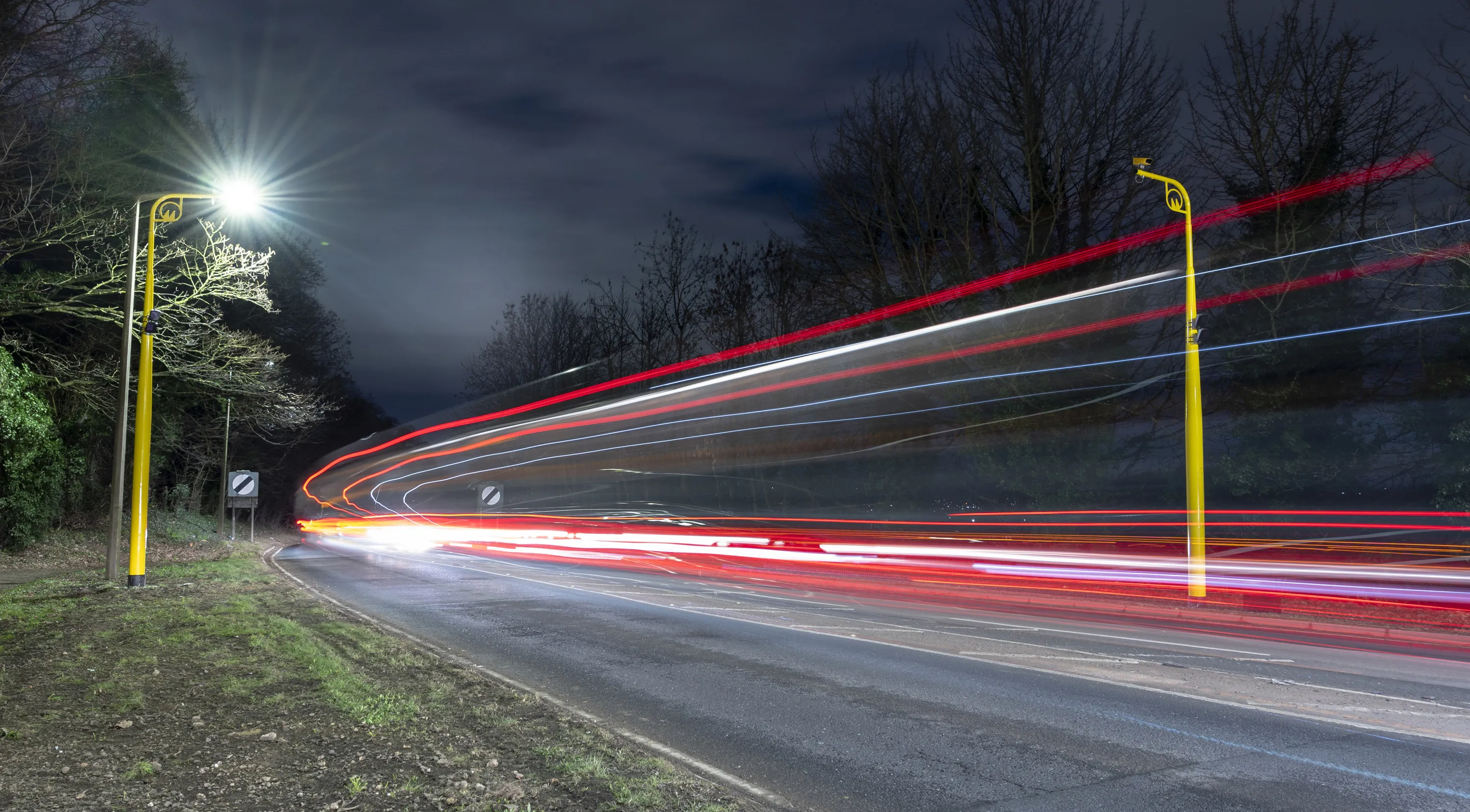
A new project is balancing up the needs of truckers wanting a break from the road and the availability of parking spots in Michigan.
Commercial truck drivers typically require around 30 minutes to find somewhere to stop for a rest. They frequently find that the five public rest areas on the heavily-trafficked 129-mile stretch of I-94 in southwest Michigan, which carries around 10,000 trucks a day in the Canada-Detroit-Chicago corridor, are full.
This means that they often end up parking in unsuitable spots such as abandoned petrol stations, highway shoulders and commercial parking lots.
In a bid to ease this problem, in April 2012 Michigan DoT selected HNTB to design and oversee installation of a Truck Parking Information and Management System (TPIMS). This would identify available parking slots in the public rest areas and provide this information to truckers in real time.
The project was funded with $4.48 million from the Federal Highway Administration.
“Data collection went live earlier this year and has confirmed our original assumption that rest areas are often overcrowded and that private parking is under-utilised,” said Collin Castle, Michigan DoT’s connected vehicle technical manager. “We now have the data we need to provide drivers with real-time availability so they can make informed parking decisions.”
According to HNTB project manager Eric Morris, “The TPIMS is designed to be directly scalable elsewhere. It can be deployed quickly and efficiently in other states. Our vision is a network that covers a trucker’s route from origin to destination."









